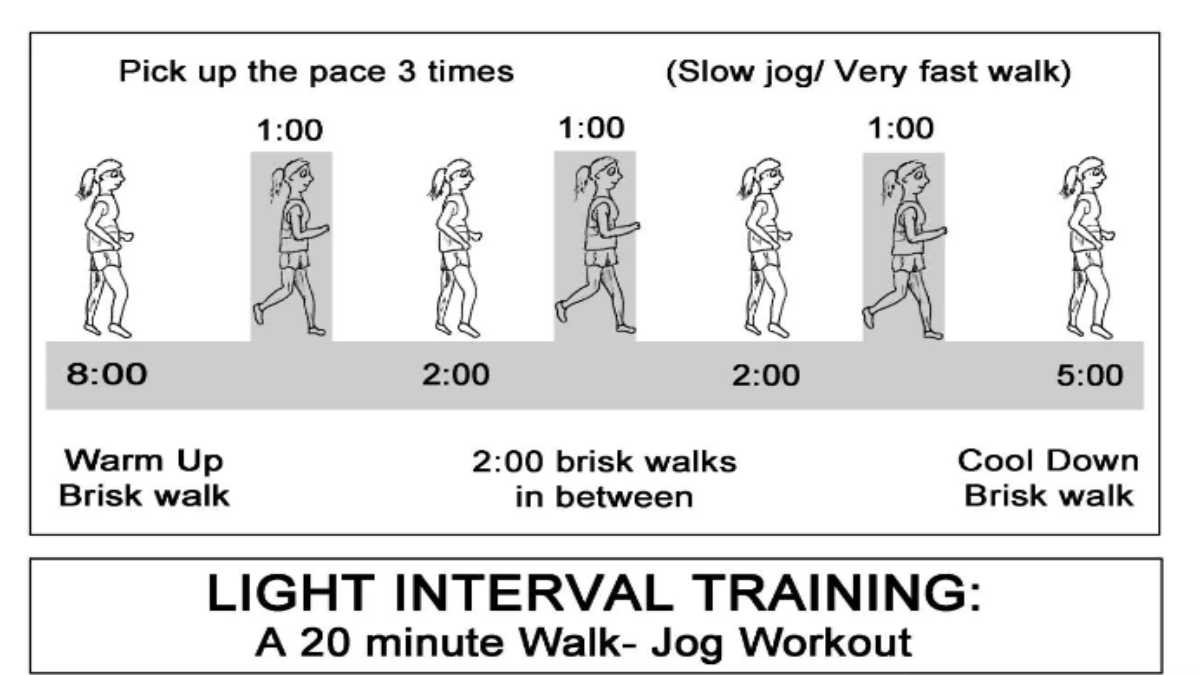Introduction
You might be asking yourself, will jogging reduce belly fat? If you are a woman between the ages of 25 and 45 and aiming for a balanced, natural approach to wellness, jogging could be a valuable tool in your fitness journey. This article will help you understand how jogging fits into fat loss, especially around the belly area, and offer tips to make your routine more effective. We will also explore other factors like diet, consistency, and stress that play key roles in achieving visible results.
What Causes Belly Fat in Women?
Hormonal changes Poor eating habits Lack of physical activity Stress and poor sleep Genetics
Belly fat can be stubborn because it is influenced by many lifestyle and hormonal factors. Cortisol, a stress hormone, especially promotes fat storage in the abdominal area.
Understanding Belly Fat
Subcutaneous fat: Fat stored under the skin Visceral fat: Fat stored around internal organs
Jogging mainly helps reduce overall body fat. This includes belly fat, especially visceral fat, which is linked to many health risks such as heart disease and type 2 diabetes.
How Jogging Affects Belly Fat
Jogging is a form of aerobic exercise. Aerobic activities increase your heart rate, boost your metabolism, and burn calories.
Benefits of jogging include:
- Boosting calorie burn
- Supporting fat oxidation
- Improving insulin sensitivity
- Reducing stress levels
When you jog regularly, your body uses stored fat for energy, especially when combined with proper nutrition.
How Often Should You Jog?
For best results:
- Jog 4 to 5 times a week
- Aim for 30 to 60 minutes per session
- Combine jogging with strength training twice a week
Consistency matters more than intensity. You do not need to run fast. A steady pace that keeps your heart rate elevated is enough.
Jogging vs Spot Reduction Myths
Spot reduction is the idea that you can burn fat from one part of your body. This is a myth. You cannot target belly fat directly with jogging or any other single exercise. However, jogging helps reduce overall fat, which includes belly fat over time.
Jogging and Hormonal Balance
Regular jogging helps regulate hormones like insulin and cortisol. Improved insulin sensitivity helps your body use carbohydrates more efficiently. Lower cortisol levels can reduce belly fat accumulation caused by stress.
Jogging and Diet: The Perfect Match
Jogging alone is not enough. You need to support it with a nutrient-rich diet:
- Eat whole foods: vegetables, fruits, lean proteins, and whole grains
- Avoid added sugars and processed foods
- Stay hydrated
- Include healthy fats like avocados and nuts
Combine jogging with a balanced diet to create a calorie deficit without harming your health.
Best Time to Jog for Fat Loss
Morning: Fasting jogs can tap into stored fat Evening: Higher body temperature may enhance performance
Pick a time that fits your routine. The best time is the one you can stick with consistently.
Jogging Intensity and Belly Fat
Moderate intensity: A steady pace where you can still talk High intensity: Short bursts of speed followed by recovery (interval training)
Interval jogging can increase calorie burn and fat oxidation even after your workout ends. Mix both styles into your week for optimal results.
Jogging and Mental Health
Reduced stress levels Improved mood Better sleep
Since stress contributes to belly fat, jogging’s positive effect on mental health indirectly supports fat loss.
Common Mistakes to Avoid
Skipping warm-ups and cool-downs Poor running posture Not staying hydrated Ignoring strength training
Make sure your jogging routine is safe and effective by following proper form and recovery strategies.
Other Exercises to Combine with Jogging
Strength training Yoga or Pilates for flexibility and core strength Walking on rest days
Adding variety prevents plateaus and supports total body wellness.
Conclusion
So, will jogging reduce belly fat? The answer is yes, when done consistently and combined with a healthy lifestyle. Jogging is an effective aerobic activity that helps reduce overall body fat, including stubborn belly fat. For best results, pair jogging with balanced nutrition, strength training, stress management, and good sleep.
If your goal is long-term wellness, focus on building habits you can sustain. Jogging is not just a fat-burning tool, but a way to support your body, mind, and lifestyle.
FAQs
Can jogging alone reduce belly fat? Jogging can help reduce overall body fat, including belly fat. But combining it with proper nutrition and strength training gives better results.
How long does it take to see results from jogging? Most people begin to see changes in 4 to 8 weeks with consistent effort. However, results vary depending on starting fitness level and diet.
Is jogging better than walking for belly fat? Jogging burns more calories than walking in less time. However, both are effective for fat loss if done consistently.
Should I jog every day to lose belly fat? No. Rest days are important for recovery. Jogging 4 to 5 times a week is ideal for most people.
What should I eat after jogging to reduce belly fat? Choose meals with protein, healthy fats, and complex carbs. Good examples include a chicken salad, a protein smoothie, or Greek yogurt with berries.
Does jogging on an empty stomach burn more belly fat? Fast jogging may help burn stored fat. However, it’s not for everyone. Listen to your body and choose what feels best for you.
Can jogging help tone the stomach? Jogging reduces fat but doesn’t directly tone muscles. Combine it with core exercises like planks or crunches for a toned look.
Is jogging safe during your period? Yes. Light to moderate jogging can help reduce cramps and improve mood.
